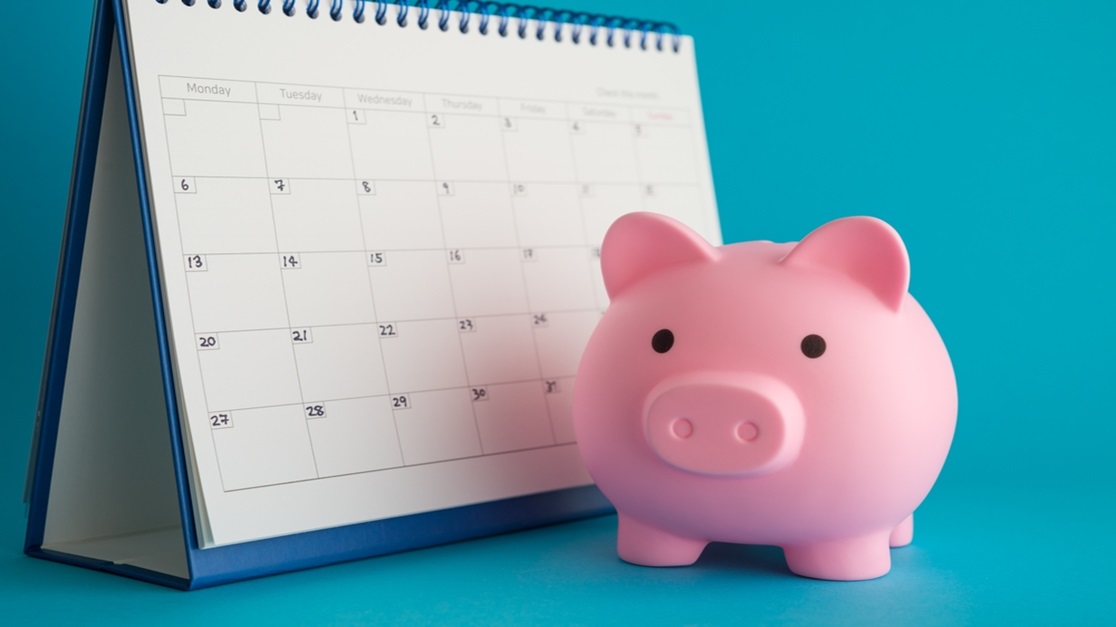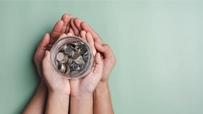How to Automate Your Recurring Deposit Payments
December 09, 2024

Systematically saving money is an essential part of financial planning. With Recurring Deposits you can start saving every month with any amount of your choice, usually starting at ₹100 and enjoy the benefits of compounding. By setting up automatic payments, you can ensure that a fixed amount is deducted from your account at regular intervals and deposited into your recurring deposit (RD) account. This hassle-free systematic way of investing not only helps you save consistently but also eliminates the risk of missed payments.
In this article, we will guide you through the RD automation process, highlighting the benefits and providing step-by-step instructions.
Benefits of Automating Your Recurring Deposit Account
RD automation offers several advantages that can make saving easier and more convenient:
Consistency
By setting up automatic payments, you ensure that you contribute to your RD on time every month. This consistency helps inculcate a saving habit and brings discipline to your financial planning.
Convenience
Once you automate your RD payments, you do not have to worry to make manual transfers each month. The funds are deducted automatically from your bank account and deposited into your RD, saving you time and effort.
Flexibility
Most banks allow you to choose the frequency of your automated RD payments – it could be monthly, quarterly, or any other interval that suits your preferences and financial goals.
Penalties and Fees
By automating your RD payments, you avoid missing any deposits, which can lead to penalties and fees and reduce your returns. However, kindly note that having insufficient account balance would lead to missed payments. Multiple missed payments could compel the bank closing your account.
How to Automate Your Recurring Deposit Payments
Setting up automatic payments for your recurring deposit is a simple process. Here's a step-by-step guide to help you get started:
Step 1: Choosing the Right Bank
First things first. Choose a bank that offers convenience and higher returns. With Ujjivan SFB you can automate your RD plus enjoy higher returns.
Step 2: Open a Recurring Deposit Account
If you already have a Savings Account with Ujjivan, opening an RD would be a walk in the park. All you need to do is select your RD amount, frquency and tenure and link your Savings Account. No additional KYC required. In case you don’t have Savings Account with us, you have to link your existing bank account with the RD account.
Step 3: Set Up Automatic Payments
After linking your bank account to RD account, your RD would be automated. Every month, the pre-determined amount (as selected by you) would get deducted from your Savings Account and deposited in your RD. You can use Internet or Mobile Banking services to track your Recurring Deposit. Please note that the interest is usually compounded on a quarterly basis.
A Simple Example of RD Automation Vs Manual Transfer
Consider that you want to save ₹10,000 per month for 3 years in an RD account with an annual interest rate of 7%. Here's how your savings would vary based on different payment methods.
Manual Deposits
Without automation, you manually transfer ₹10,000 to your RD account each month for 3 years. At the end of the tenure, your total investment would still be ₹3,60,000, plus interest of ₹41373. However, if you forget to deposit the amount in any given month(s), there would be penalties, which could push your total returns lower than ₹401373.
Automated Deposits
With automation, ₹10,000 is automatically deducted from your bank account and deposited into your RD each month for 3 years. At the end of the tenure, your total investment would still be ₹3,60,000, plus interest of ₹41373. There is no question of getting lower than ₹401373.
In both cases, the total investment remains the same. However, by automating your payments, you eliminate the risk of forgetting to make deposits and ensure consistency in your saving routine. This also eliminates the possibility of fines and penalties for delayed payments.
Final Thoughts
To conclude, when you automate your recurring deposit account, you enhance your financial management and contribute to achieving long-term savings goals effectively. Automating your recurring deposit payments is a simple yet powerful way to save consistently and effortlessly.
Start small, dream big! Invest in Ujjivan Small Finance Bank’s Recurring Deposit and enjoy higher interest rates! Save for your long- and short-term goals with our RD and live a stress-free financial life. Start investing with just ₹100!
Disclaimer:
The contents herein are only for informational purposes and generic in nature. The content does not amount to an offer, invitation or solicitation of any kind to buy or sell, and are not intended to create any legal rights or obligations. This information is subject to updation, completion, amendment and verification without notice. The contents herein are also subject to other product-specific terms and conditions, as well as any applicable third-party terms and conditions, for which Ujjivan Small Finance Bank assumes no responsibility or liability.
Nothing contained herein is intended to constitute financial, investment, legal, tax, or any other professional advice or opinion. Please obtain professional advice before making investment or any other decisions. Any investment decisions that may be made by the you shall be at your own sole discretion, independent analysis and evaluation of the risks involved. The use of any information set out in this document is entirely at the user’s own risk. Ujjivan Small Finance Bank Limited makes no representation or warranty, express or implied, as to the accuracy and completeness for any information herein. The Bank disclaims any and all liability for any loss or damage (direct, indirect, consequential, or otherwise) incurred by you due to use of or due to investment, product application decisions made by you on the basis of the contents herein. While the information is prepared in good faith from sources deemed reliable (including public sources), the Bank disclaims any liability with respect to accuracy of information or any error or omission or any loss or damage incurred by anyone in reliance on the contents herein, in any manner whatsoever.
To know more about Ujjivan Small Finance Bank Products Visit:"https://www.ujjivansfb.in"
All intellectual property rights, including copyrights, trademarks, and other proprietary rights, pertaining to the content and materials displayed herein, belong
to Ujjivan Small Finance Bank Limited or its licensors. Unauthorised use or misuse of any intellectual property, or other content displayed herein is strictly prohibited and the same is not intended for distribution to, or use by, any person in any jurisdiction where such distribution or use would (by reason of that person’s nationality, residence or otherwise) be contrary to law or registration or would subject Ujjivan Small Finance Bank Limited or its affiliates to any licensing or registration requirements.
FAQs
1. What is a recurring deposit?
A recurring deposit is a type of deposit account that lets you invest a fixed amount regularly for a predetermined period. It is an ideal way to save money systematically and earn interest on your deposits.
2. Is there a minimum deposit requirement for an RD?
Yes, each bank sets its own minimum deposit requirement for opening an RD account. With Ujjivan, you can start an RD with as low as ₹100.
3. Are there any charges for RD automation?
No, there are no additional fees for RD automation. However, it's advisable to check with your bank, if they have any specific terms and conditions.
4. How do I track my automated RD payments?
You can easily track your RD payments through your bank's net banking portal or mobile app. The transaction history will provide details of each payment made.
5. Can I make manual deposits in addition to the automated payments?
Yes, you can make additional manual deposits to your RD account along with the automated payments. This allows you to boost your savings further.
6. What happens if I miss an automated RD payment?
If you miss an automated RD payment, it may lead to penalty charges or a reduction in the interest rate earned. Ensure that you have sufficient funds in your linked bank account to avoid missing payments.
7. Is RD automation secure?
Yes, RD automation is secure as they are processed through encrypted online banking platforms. However, it's essential to follow necessary security measures and protect your login credentials.
Latest Blogs

ITR-1 (Sahaj) Restrictions: Income Sources Not Allowed & Filing Rules
With just a few days left before the 15 September 2025 deadline for filing Income Tax Returns (ITRs) for Assessment Year (AY) 2025-26, many taxpayers are rushing to submit their forms online.

GST Rate Cut on Electronics: What It Means for Consumers and Retailers
India’s Goods and Services Tax (GST) system has entered a new era with the rollout of GST 2.0, effective from September 22, 2025.

Banking Safety Guide: How to Avoid QR Code Frauds While Making Payments
India’s love for QR code payments has made transactions lightning-fast, but also opened a new front for cybercriminals.

Scam Alert! Phishing, Vishing, and Smishing Can Drain Out Your Finances
Digital banking in India has transformed the way we manage money.

India’s New GST Reform Bill: What GST 2.0 Means for You
India’s indirect tax system is entering a landmark new phase.





